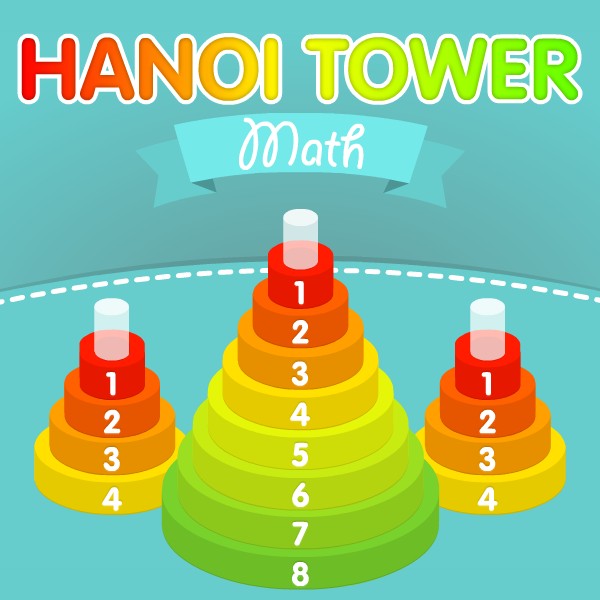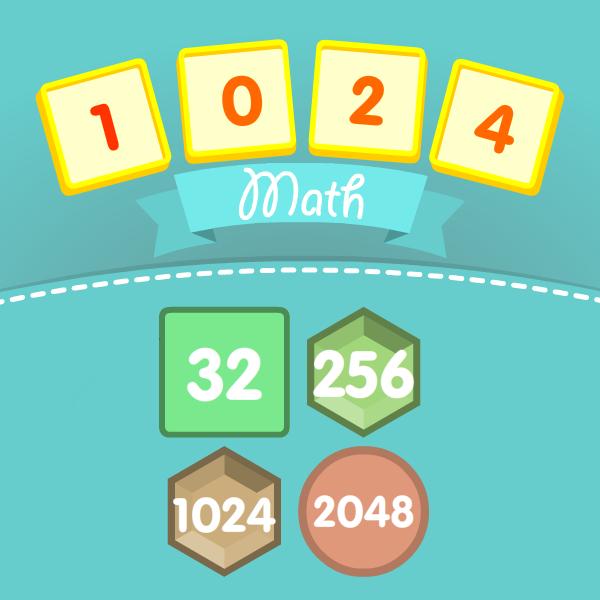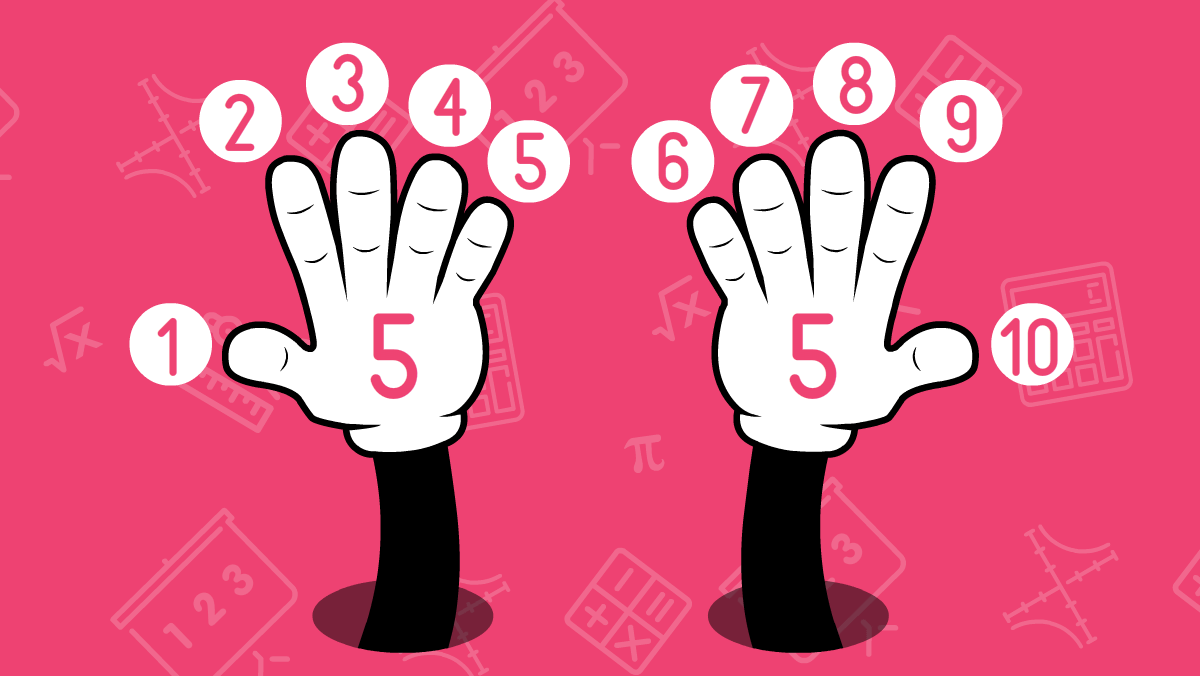
Origin of figures
Long ago, nobody knows exactly when it happened, people needed to count the stars in the night sky, cows in the pasture or fish caught. How to do it? “It is not a difficult task”, - thought people and started counting on fingers. One finger, two fingers, three fingers, four, five. Fingers finished on one hand. It’s not a problem – there’s another hand with five more fingers. If they had to count more than ten, they used to say “many”. But there were some inquisitive minds who could not leave it like that. They invented the systems where you can count up to infinity.
Almost every nation and civilization made up their own counting systems. For example, Maya civilization had 20 figures that could be used to compose different numbers. Babylonian counting system had 60 figures. It is similar to languages: Englishmen speak English, Japanese people speak Japanese. They will have a hard time to communicate because they need to know both languages. Those counting systems were complicated and confused.
Decimal counting system
People needed a universal counting system that everybody could understand and count in the same way. In ancient India they decided to count by tens. It is more comprehensible because you can count just by looking at your hands. The counting system based on ten figures was so simple and understandable that Arabic countries adopted it. Later, it spread over Europe, and then America. Nowadays, it is the most popular on Earth.
It is interesting that first decimal figures are called Arabic figures while in Arabic countries they are called Indian figures.
So, what are numbers and figures?
A figure is a symbol that has a quantitative meaning.
A number is a set of figures that has a quantitative meaning according to the counting system.
Let’s learn figures and its order. To make it visual we’ll compare each figure with fingers. Learn the name and the order of figures.

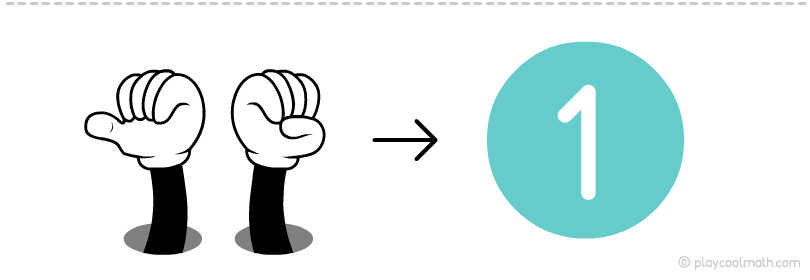
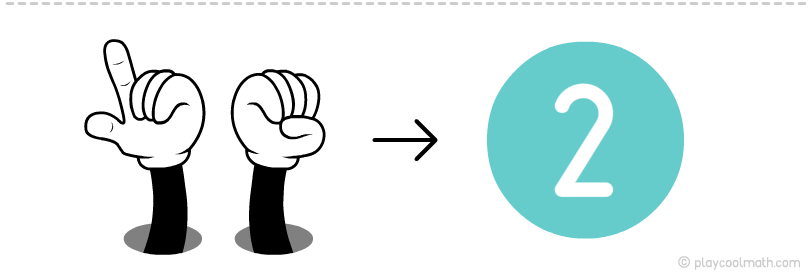
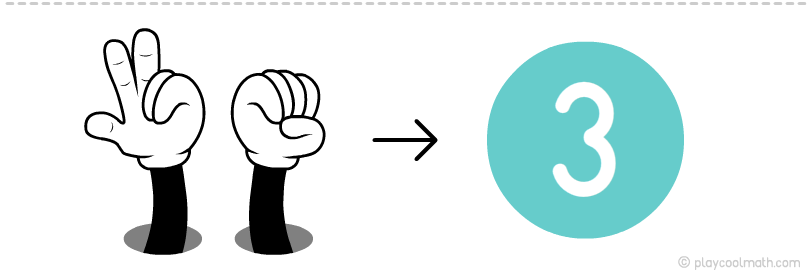
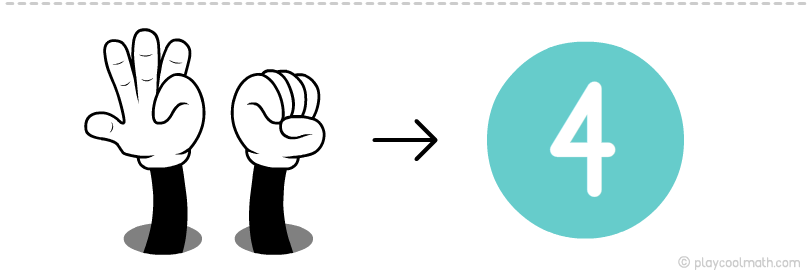
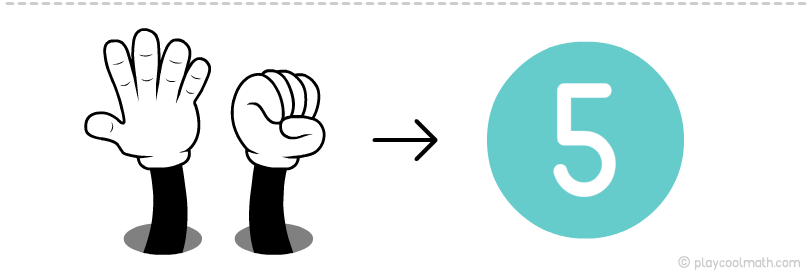
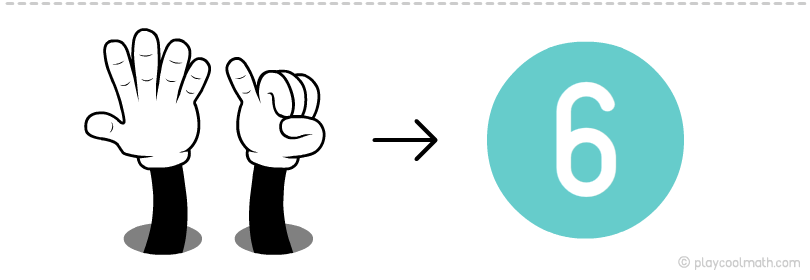
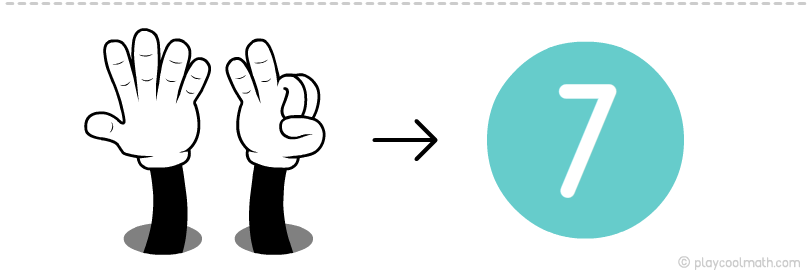
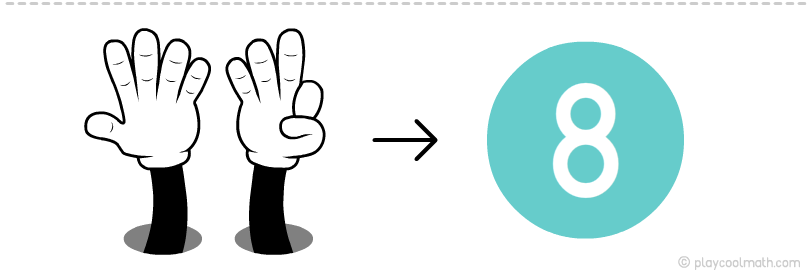

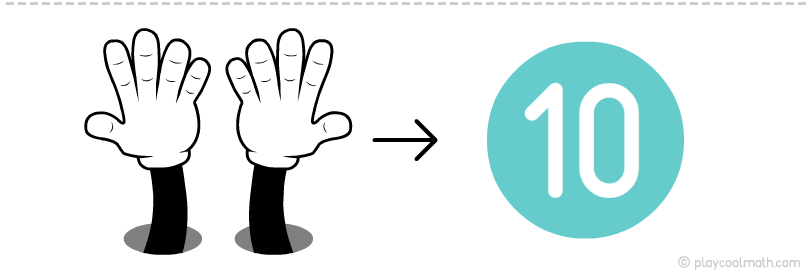
Counting up to 20
If you already learnt figures from 0 to 9 and you know their names and order, you definitely want to know what figures come after ten. The main feature of the decimal counting system was the usage of zero. Zero means nothing. Zero allowed making different numbers based on its position. It is easy to count from zero to ten. So, how do we make the numbers that are more than ten? Here comes zero. Depending on the position of zero, we can write down any number. First, let’s try to continue counting after ten. Eleven is the next number after ten, so it is one number more than ten, right? If we change zero for one in 10, we will get 11 – eleven. Let’s continue changing zero, all right?
- 11 - eleven;
- 12 - twelve;
- 13 - thirteen;
- 14 - fourteen;
- 15 - fifteen;
- 16 - sixteen;
- 17 - seventeen;
- 18 - eighteen;
- 19 - nineteen;
- 20 - twenty.
So, now we have 20. What does this number mean? This number means twice 10 or all your 10 fingers and 10 fingers of another person. Wow! It is so interesting and simple.
Tens and counting up to 100
Are you ready to count more? If yes, let’s continue. The next number after 20 is 21 – twenty-one, after that comes 22 – twenty-two, 23 – twenty-three, 24 – twenty-four, 25, 26, 27, 28, 29 and 30 - thirty. Later on, we pass thirty the next number would be 31 – thirty-one, after that 32 – thirty-two, 33, 34, 35. 36, 37, 38, 39, 40 - forty. So, now forty is over. We changed 0 and got new numbers. Let’s change tens and count up to 100.
- 30 - thirty;
- 40 - forty;
- 50 - fifty;
- 60 - sixty;
- 70 - seventy;
- 80 - eighty;
- 90 - ninety;
- 100 - hundred.
Try to say aloud such numbers: 28, 45, 67, 99
- 28 - twenty eight;
- 45 - forty five;
- 67 - sixty seven;
- 99 - ninety nine.
We can continue for a long time. It is important to understand how it works. If it seems difficult to count after 10, don’t worry! Nobody was able to do it first time, probably except Albert Einstein. In order to train counting, we made up tests that will help you to learn counting.

